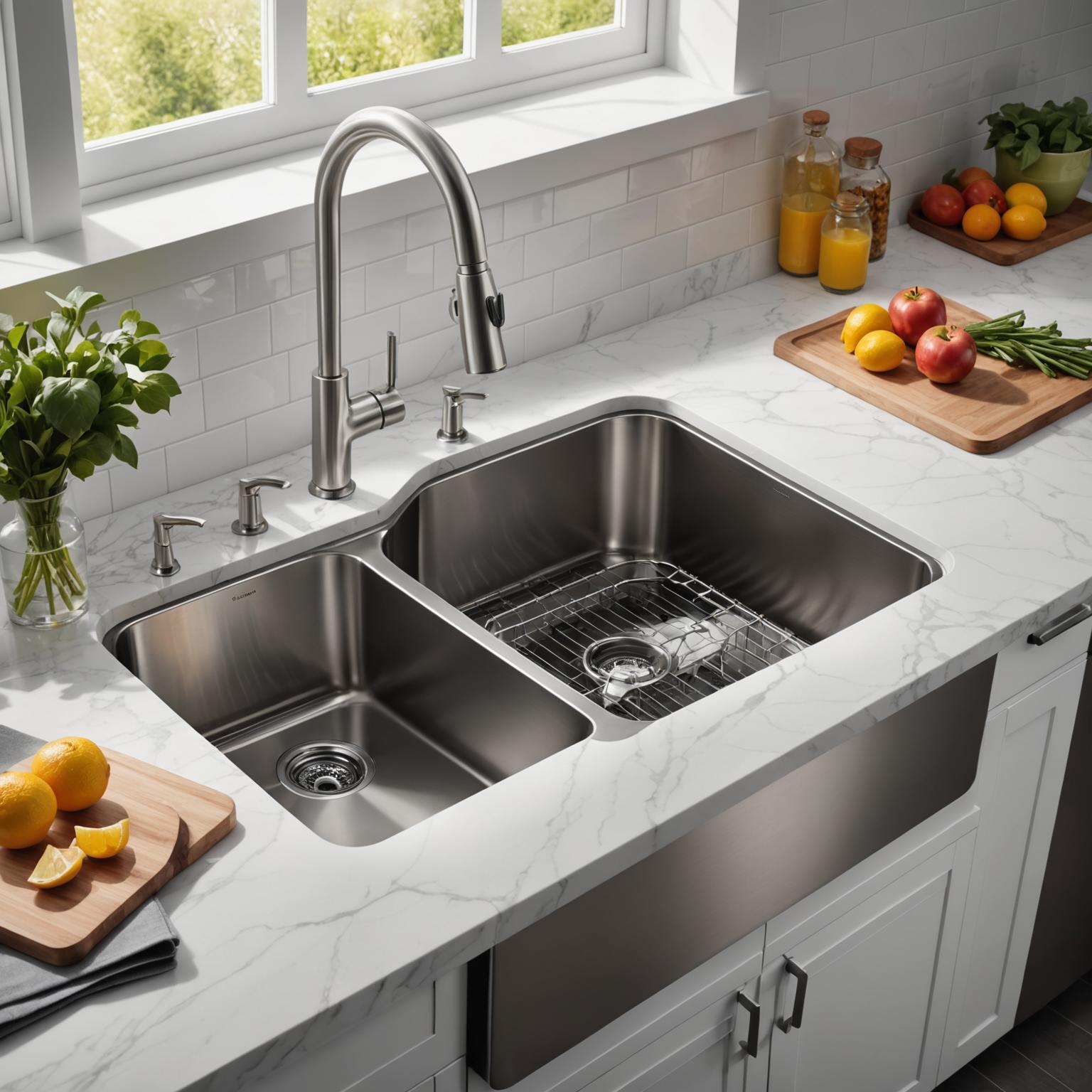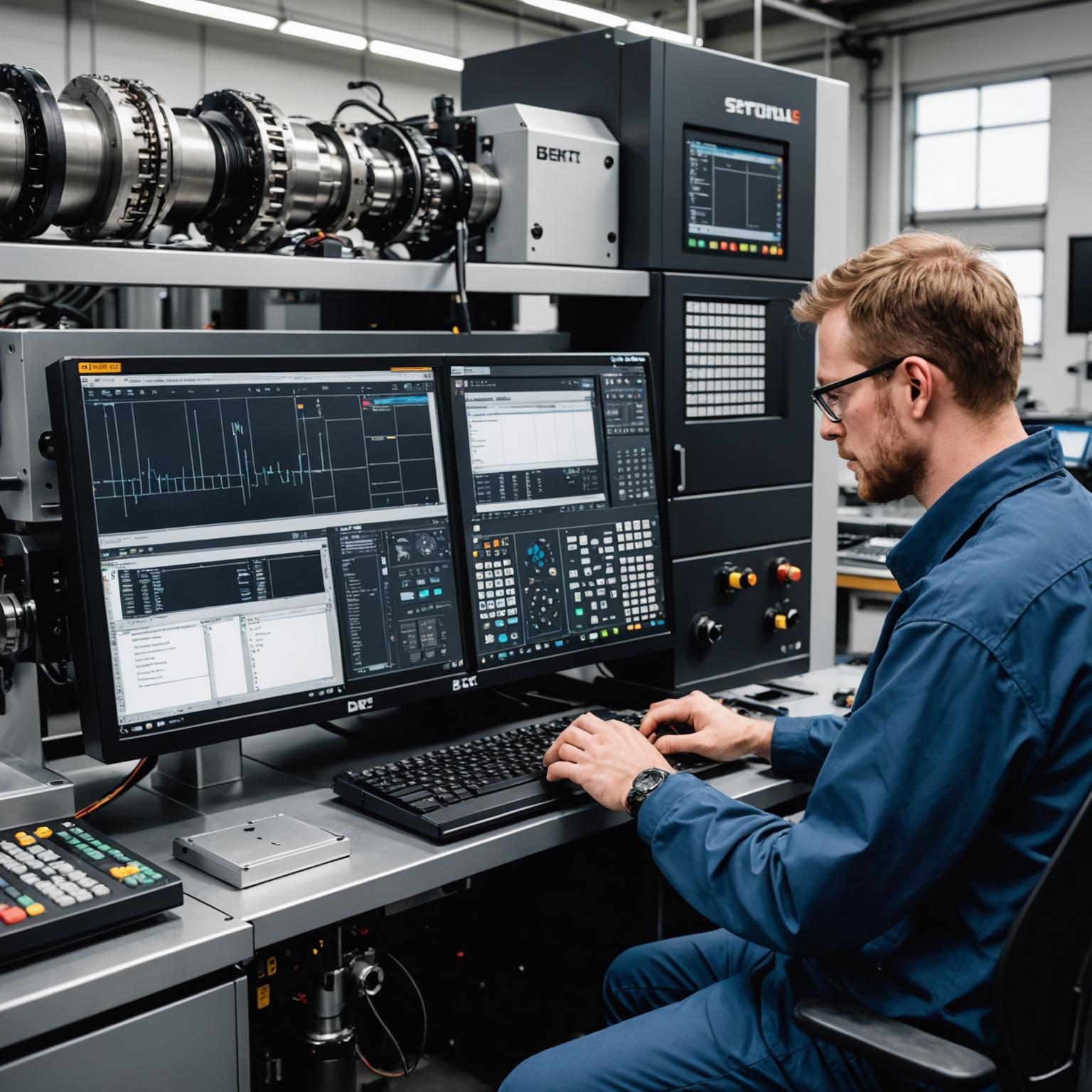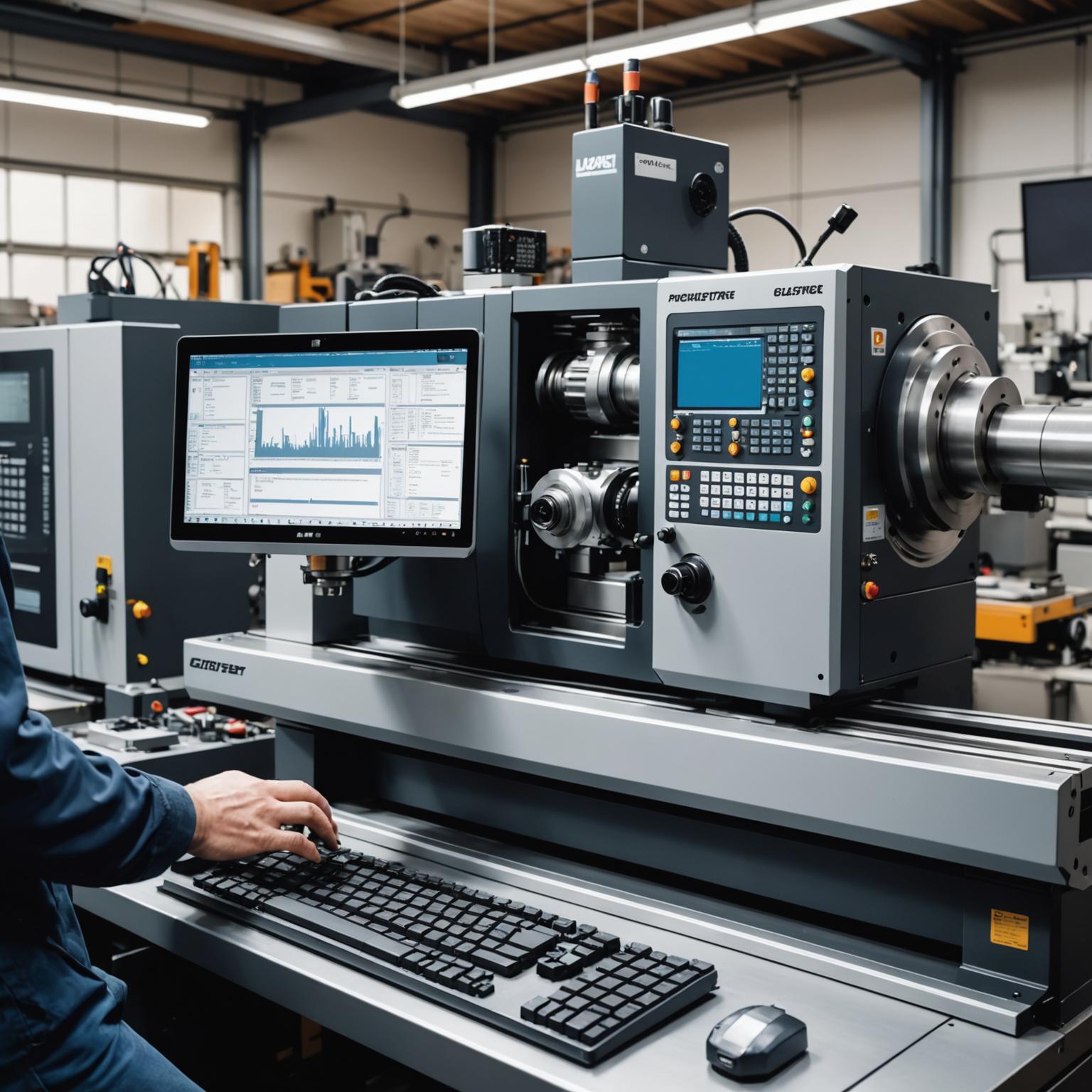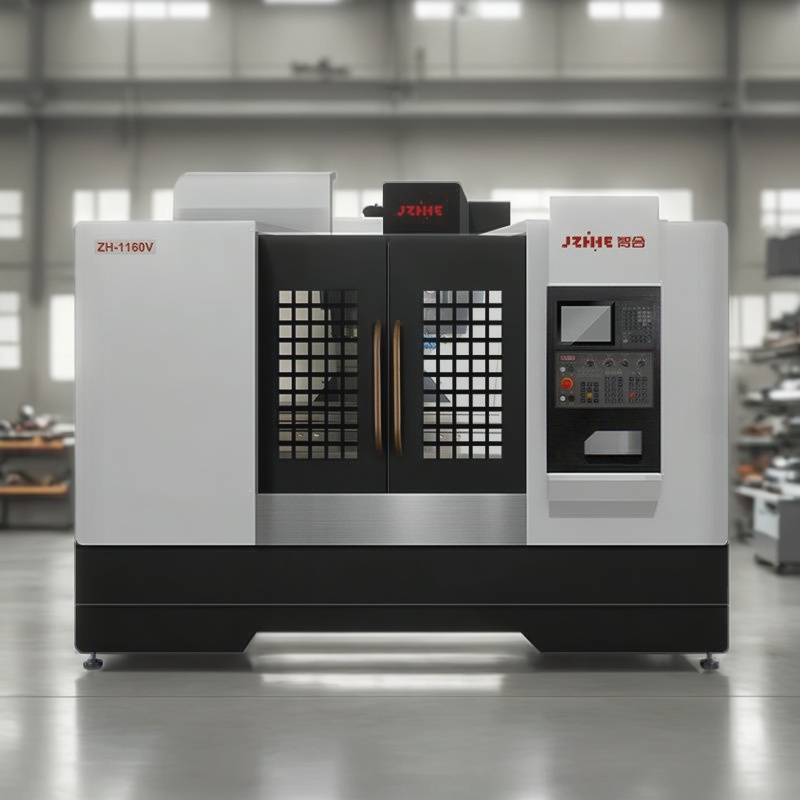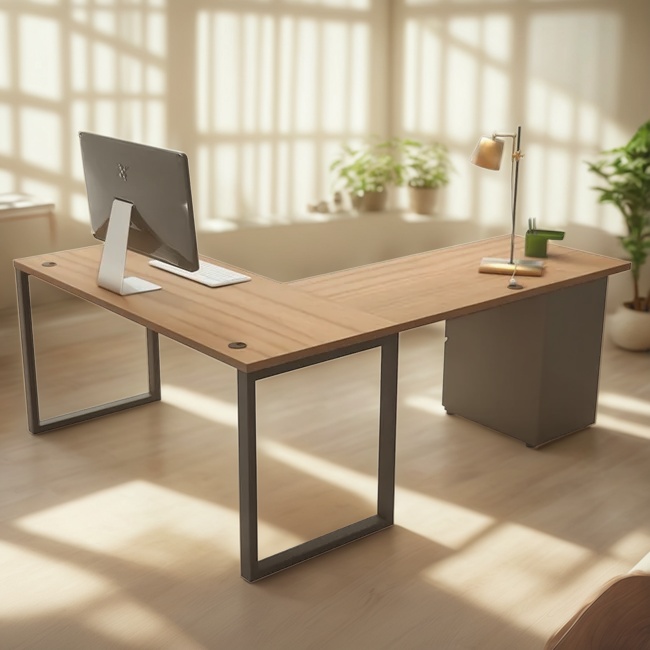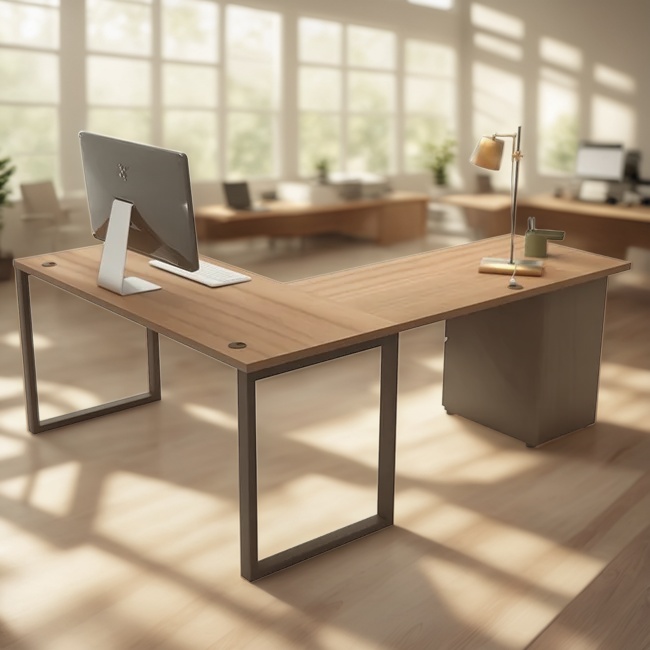In the world of modern manufacturing, precision and efficiency are paramount. At the heart of this technological revolution lies CNC lathe programming, a skillset that transforms digital blueprints into tangible, high-quality components with remarkable accuracy. This process is fundamental to industries ranging from aerospace and automotive to medical device manufacturing, where tight tolerances and complex geometries are the norm. Understanding the intricacies of programming is the first step toward mastering the powerful capabilities of computer numerical control (CNC) technology and optimizing production workflows for superior results.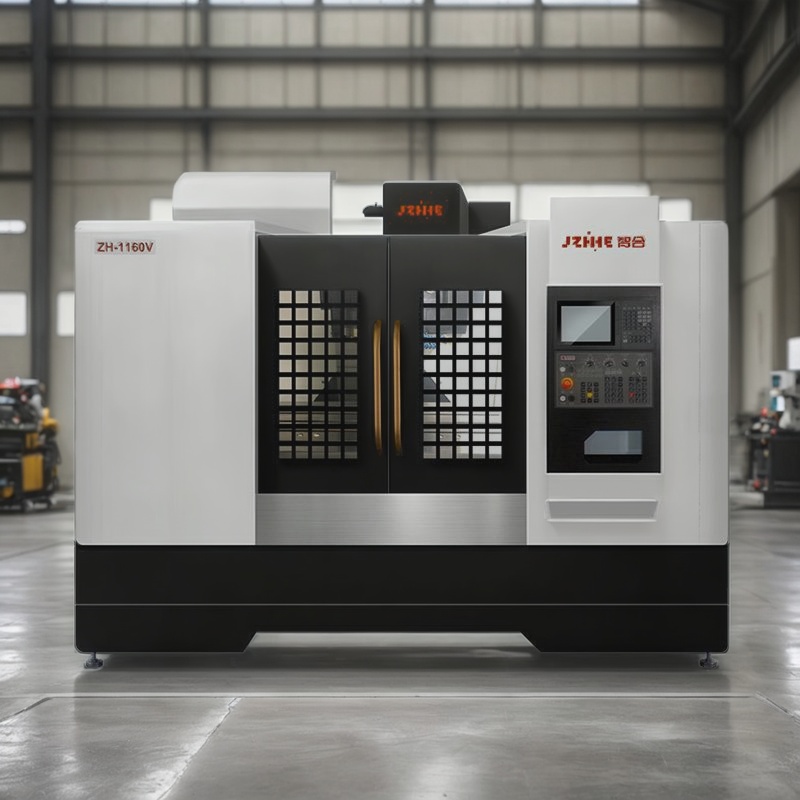
Understanding the Basics of CNC Lathe Programming
At its core, CNC programming is the process of creating a set of instructions that a machine controller can read and execute to perform a manufacturing task. For lathes, these instructions guide the cutting tools along specific paths to shape a rotating workpiece. The language of CNC is primarily composed of G-codes and M-codes. G-codes, or preparatory codes, dictate the geometry and movement of the machine's axes. For example, G00 commands a rapid traverse movement for positioning, while G01 instructs a linear feed movement for cutting. G02 and G03 are used to create circular arcs. M-codes, or miscellaneous functions, control machine operations such as starting or stopping the spindle (M03/M05), turning on coolant (M08), or ending the program (M30). A programmer must understand the machine's coordinate system—typically the X-axis for diameter and the Z-axis for length—to accurately plot the toolpath and create the desired part shape.
From Code to Creation: The CNC Lathe Operation Process
A well-written program is only half the battle; skilled CNC lathe operation is required to bring it to life safely and accurately. The process begins with machine setup. The operator must securely mount the workpiece in the chuck or collet and install the necessary cutting tools in the turret. A critical step is setting the work and tool offsets. This involves telling the machine the precise location of the workpiece's starting point (usually the face of the part) and the exact length and position of each cutting tool. Once the setup is complete, the operator loads the program into the machine's controller. For safety and quality assurance, it's standard practice to perform a dry run, where the program is executed without the workpiece or with the tools positioned far from it, to verify the toolpaths. After confirming the program's correctness, the operator begins the machining cycle, closely monitoring the process to ensure everything proceeds as planned, making adjustments to feeds and speeds if necessary to achieve the optimal surface finish and part dimensions.
Key Elements of Effective Programming and Operation
Beyond the fundamental codes, effective CNC lathe programming involves a deeper, more strategic approach. This includes carefully selecting the appropriate cutting tools and inserts for the material being machined, as well as calculating the optimal spindle speeds and feed rates. These parameters directly impact tool life, surface finish, and overall cycle time. Advanced programming techniques also leverage canned cycles, which are pre-written subprograms that simplify common operations like drilling, threading, and grooving. Furthermore, skilled operators understand the importance of cutter compensation, which allows the program to be written based on the part's geometry while the machine automatically adjusts the toolpath to account for the tool's nose radius. This synergy between intelligent programming and attentive CNC lathe operation is what separates average results from high-precision manufacturing excellence.
Choosing the Best CNC Lathe for Your Needs
While programming and operational expertise are vital, the capabilities of the hardware are equally important. Selecting the best CNC lathe is a critical decision that impacts productivity, precision, and profitability. Key factors to consider include the machine’s structural rigidity to minimize vibration, the power and speed range of the spindle, the accuracy and repeatability of the axes, and the sophistication of the control panel. An intuitive, user-friendly control interface can significantly streamline both programming and setup, reducing the potential for errors and increasing operator efficiency. A stellar example of modern engineering that embodies these principles is found in the advanced machinery produced by today's leading manufacturers. Consider the ZH-1160V Vertical Machining Center by JZIH. Although it is a milling machine, the design philosophy behind it highlights what to look for in any top-tier CNC equipment. Its state-of-the-art features are built for meticulous precision, offering unwavering stability and accuracy during high-speed machining. The user-friendly control interface is expertly designed for seamless operation and intuitive navigation, enabling operators to manage every intricate detail effectively. This focus on a stable structure and an ergonomic, powerful control system is exactly what defines the best CNC lathe or machining center on the market.
The Synergy of Advanced Programming and Superior Machinery
The full potential of expert programming is only realized when it is paired with a machine capable of executing commands with flawless accuracy and reliability. A machine's construction, power, and control system directly influence the final quality of the part. For instance, the robust and sleek structure of a machine like the ZH-1160V is designed to minimize vibrations during operation, which is crucial for achieving a fine surface finish and holding tight tolerances. Its superior spindle technology and dynamic tool-changing mechanism minimize downtime and allow complex code to translate into physical reality without compromise. This powerful combination of advanced software instructions and high-performance hardware enables manufacturers to tackle more challenging projects, reduce cycle times, and consistently produce parts that meet the most stringent quality standards. Investing in superior machinery is an investment in the potential of your programming and operational capabilities.

